The Thrush is any number of birds in the Turdidae family. Within the family, researchers recognize 18 different taxonomic genuses within the family containing hundreds of different species of Thrushes. Some of the most well-known are robins, bluebirds, some blackbirds, and more. Read on to learn about the Thrush.
Description of the Thrush
Though there are hundreds of different species, most Thrushes have a similar body shape. They have plump bodies and relatively long legs. The smallest measure about six inches long and the largest measure over a foot long. Some weigh less than an ounce, while others reach six ounces or more.
Outside of size and shape, these birds come in a wide variety of colors and patterns. Their plumage, or feathers, comes in brown, tan, grey, black, red, blue, cream, speckled, blotched, and more.
Interesting Facts About the Thrush
You can find an incredibly wide variety of these birds across the world. Below, we discuss several specific species and their unique traits and behaviors.
- Blue Whistling Thrush – This beautiful bird is one of the largest species in the Turdidae family. It grows up to 13 in. long and weighs 8 oz. or more! Its plumage is iridescent blue, and its beak is bright yellow.
- Fruithunter – True to its name, the fruithunter is an avid fan of fruits and berries. They live on the island of Borneo, and feed for fruits, berries, and nuts in the forests.
- Taita Thrush – This dark colored species has bright orange colored skin around its eyes, and a bright orange beak. It lives only in a minute region of Kenya and has incredibly small population numbers. The IUCN lists this bird as Critically Endangered.
Habitat of the Thrush
This bird occupies many different types of habitats. You can find these birds in virtually every ecosystem across the globe, with the exception of extreme arctic regions.
Some of the different ecosystems that you can find these birds in include mountainous forests, taiga, open woodland, rainforest, forest, and more. They also live in farmlands, pastures, parks, gardens, suburbs, and cities.
Distribution of the Thrush
You can find these birds virtually worldwide, with the exception of some isolated islands and extreme polar regions. Each species has its own unique range and distribution, though many species have overlapping populations. Some live across vast expanses while others only occupy a tiny region or single island.
Diet of the Thrush
Most members of the Turdidae family are insectivores or omnivores. They feed primarily on insects and invertebrates, or a combination of small creatures, fruits, berries, and other plant parts. Snails, worms, fruits, berries, spiders, beetles, and other insects make up the bulk of their diets.
Thrush and Human Interaction
Human interaction impacts different Thrush species in different ways. Some species have booming populations and even thrive in urban areas with lots of people nearby. Other species suffer under the threat of habitat destruction, pollution, pesticides, hunting, and more.
Domestication
Humans have not domesticated Thrushes in any way.
Does the Thrush Make a Good Pet
No, this bird does not make a good pet. Thrushes are wild birds, and do not generally enjoy human interaction. In fact, in most places it is illegal for you to own one as a pet.
Thrush Care
In a zoological setting, care varies from species to species. For the most part, zoos house Thrushes in large aviaries with a variety of other bird species. Their aviaries contain a variety of trees, bushes, and shrubbery, as well as water features like streams and waterfalls.
Each diet is different based on the species. Their diets often contain mealworms, crickets, and other insects, as well as fruits, berries, and commercially produced insectivore diet.
Behavior of the Thrush
With hundreds of different species, it is virtually impossible to place all of these birds in the same behavioral category. For the most part, they are diurnal and active during the day, but their social behavior varies from species to species. Some species live in flocks, others live alone outside of the breeding season.
Reproduction of the Thrush
Though each species is different, most of the time these birds build “traditional” nests. Their nests are shaped like cups or bowls, and the females lay between two and five eggs on average. Many species produce several clutches in a single year.
The amount of time it takes for the young to fledge and reach independence varies from species to species.


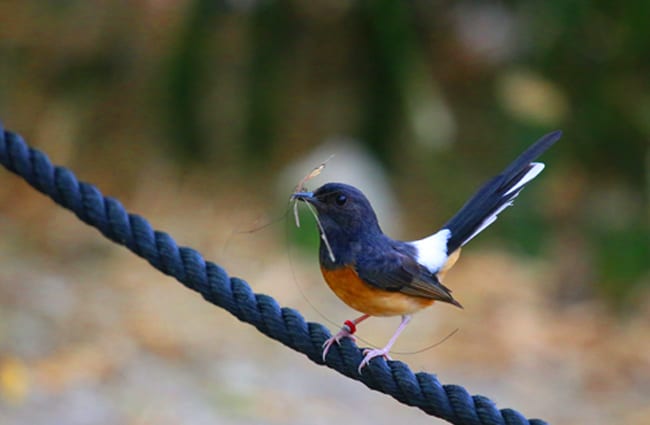
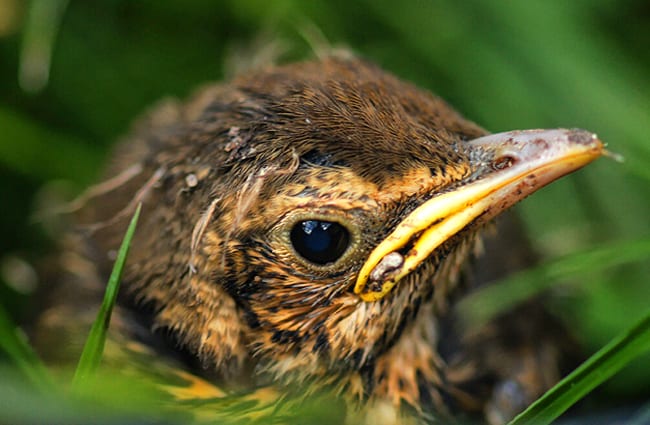
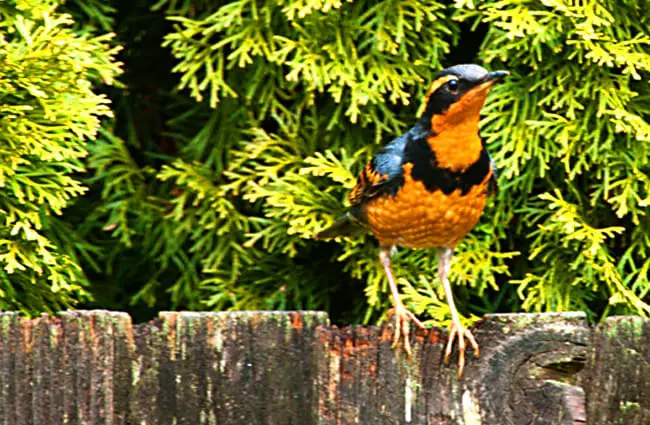
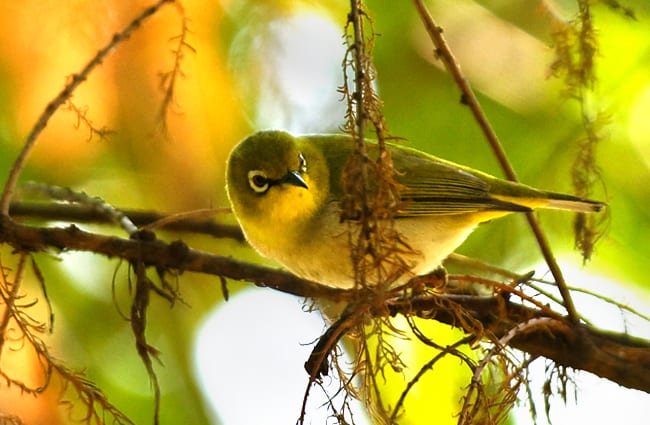
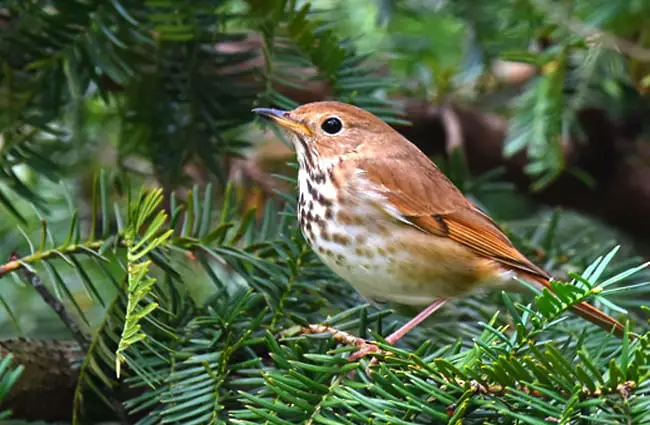
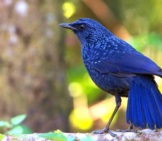

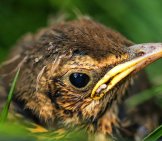
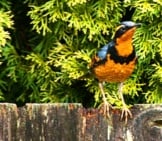
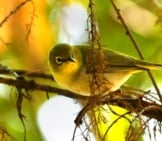

![Red Angus Closeup of a beautiful Red Angus cowPhoto by: U.S. Department of Agriculture [pubic domain]https://creativecommons.org/licenses/by/2.0/](https://animals.net/wp-content/uploads/2020/03/Red-Angus-4-238x178.jpg)












![Red Angus Closeup of a beautiful Red Angus cowPhoto by: U.S. Department of Agriculture [pubic domain]https://creativecommons.org/licenses/by/2.0/](https://animals.net/wp-content/uploads/2020/03/Red-Angus-4-100x75.jpg)

